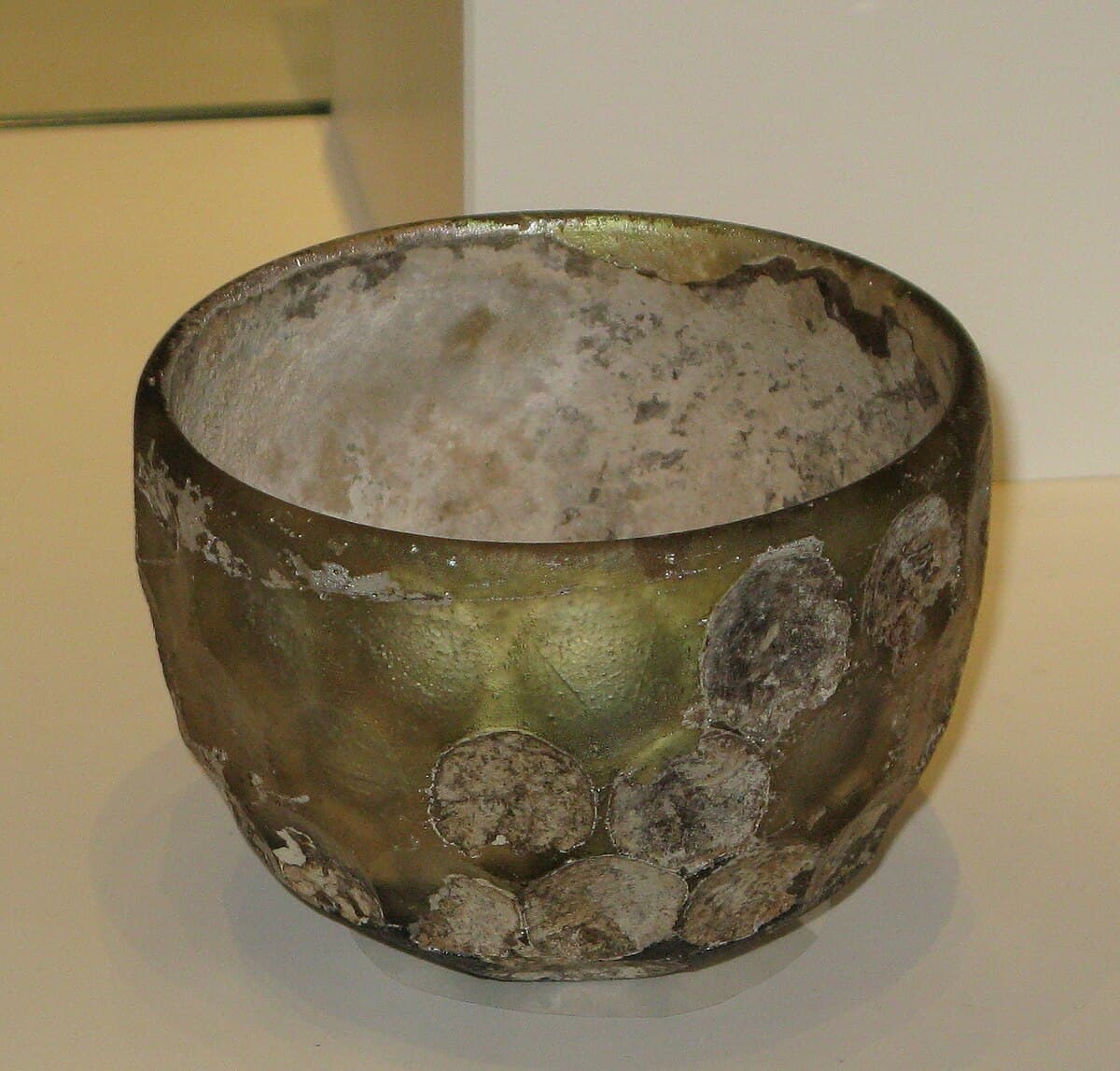Ancient Persian Glass Bottle: A Glimpse into a Millennium of Craftsmanship and Culture

An ancient Persian glass bottle, approximately one thousand years old, offers a tangible link to the sophisticated glassmaking traditions and daily life of the Sasanian and early Islamic periods in Persia and Mesopotamia. Such artifacts, often unearthed in archaeological contexts, provide invaluable insights into the historical use of glass for practical and ceremonial purposes.
Dating back to roughly the 7th to 11th centuries CE, this bottle originates from a period marked by significant cultural and technological continuity in the region. Glassmaking during this era, particularly under the Sasanian Empire (224-651 CE) and its early Islamic successors, was highly advanced. Artisans utilized plant ash as a flux, distinguishing their glass composition from those in the Mediterranean, and developed a wide array of forms and decorative techniques.
These ancient glass bottles, often referred to as "unguentaria," served various roles in daily life. They were commonly used to store precious scented oils, perfumes, and cosmetics. Archaeological excavations frequently uncover these small, often slender vessels in both domestic settings and funerary contexts, suggesting their importance in accompanying individuals into the afterlife. Beyond personal care items, glass was also fashioned into larger vessels such as jars, flasks, beakers, and tumblers for everyday use.
The craftsmanship evident in these bottles ranges from simple free-blown forms to intricately decorated pieces. Sasanian glass is particularly renowned for its distinctive facet-cutting, where the glass surface was ground and polished to create geometric patterns. Other techniques included mould-blowing, pinching, and the application of decorative trails. While some glass was mass-produced for wider consumption, luxury items were also created, often valued for their clarity and refined artistry.
The discovery and study of such a bottle underscore the rich heritage of Persian glassmaking, which not only met the practical needs of the time but also contributed significantly to the artistic and economic landscape of the ancient world. These artifacts continue to be vital sources for understanding the material culture, trade networks, and daily customs of a bygone era.